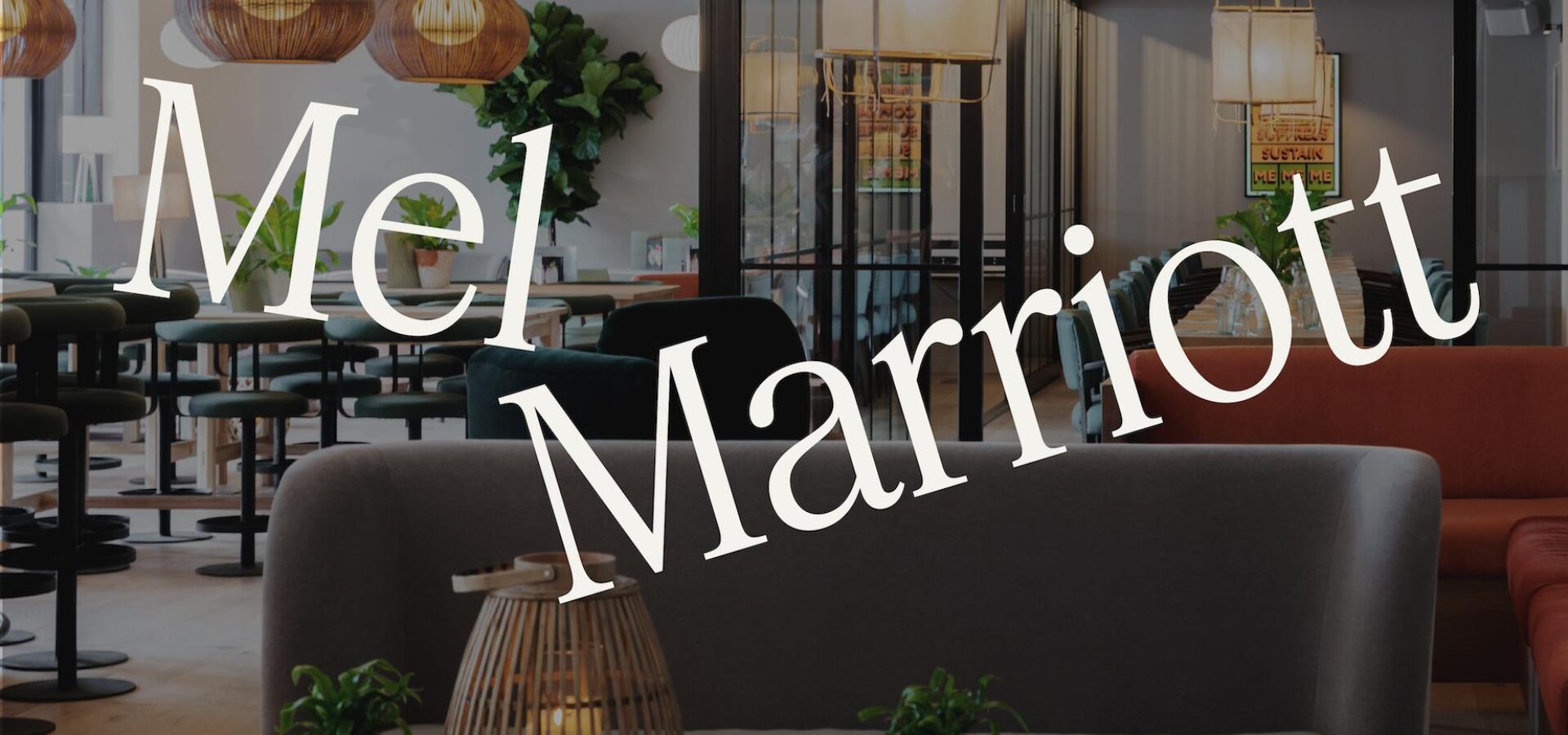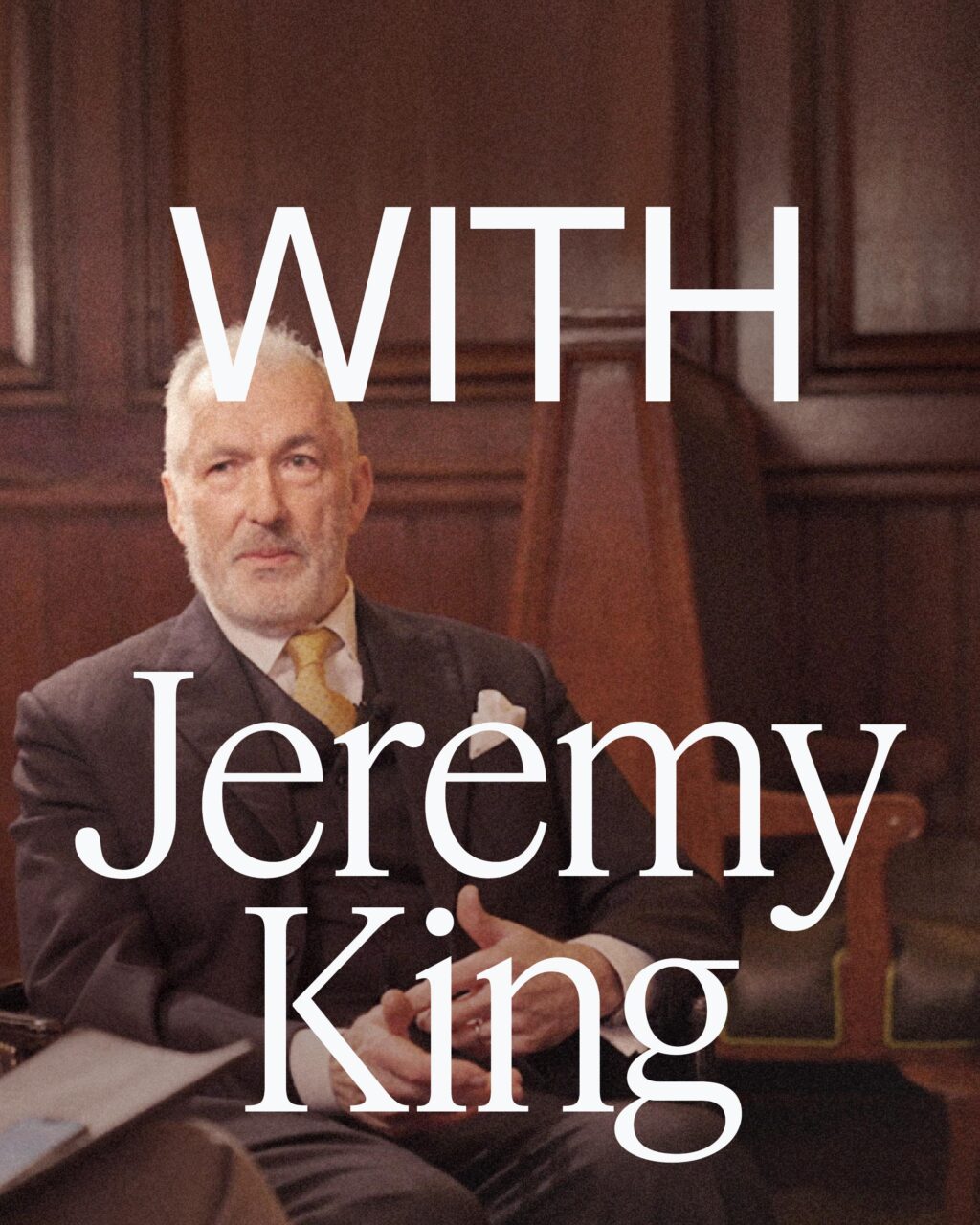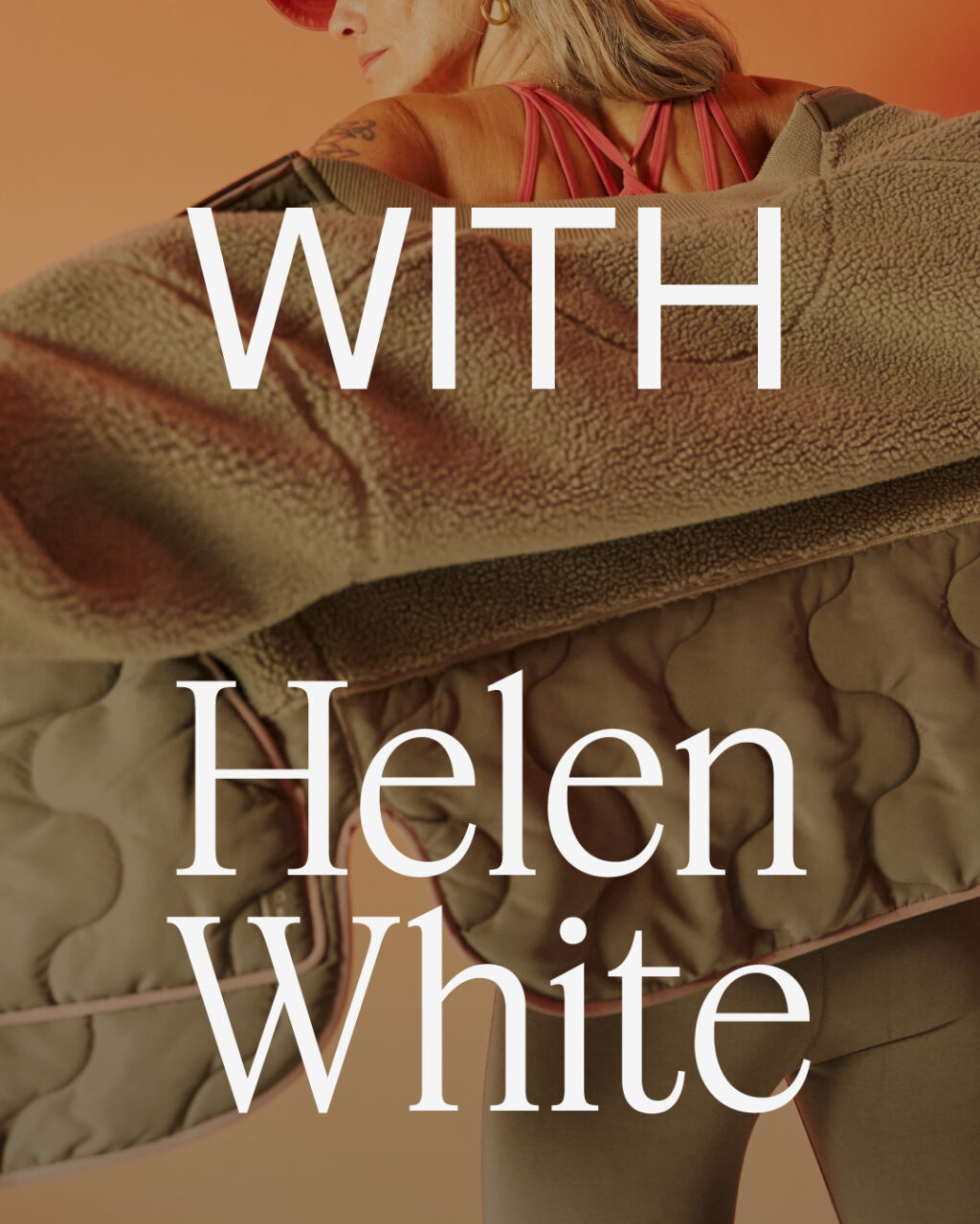In conversation with Darwin & Wallace’s founder

WO What inspired you to come up with the idea for Darwin & Wallace?
MM In 1996 I was involved with All Bar One, which was a sea-change in how pubs were considered. It recognised that local pubs – gloomy, intimidating places you couldn’t see into – hadn’t embraced a growing female workforce. I learned about the importance of design. Although they’re commonplace today, the large windows, communal tables, available newspapers, flower displays and, most importantly, wine on display were all revolutionary in transforming the lunchtime and post-work drinking customer base. Similarly with food, All Bar One dramatically raised the standard and creativity of pub food – from mostly microwavable standards, to lighter, freshly prepared dishes from a focused menu. These standards – the democratic design and fresher food – became the staples of the gastropub revolution and, whilst this created some classic venues still going today, it also allowed rubbish places to charge a premium for an average product. Darwin & Wallace is a reassessment of the role of a pub in relation to the ways Londoners’ social lives are changing. Many people’s day starts at 8/9 in the morning, whether it’s meetings or mums with babies. This meant that a superb breakfast and brunch were a starting point for us.
WO How has this experience influenced your bars?
MM We’ve been inspired heavily by Bill Granger and Donna Hay where spaces evolve with your day. I also have the most ridiculous collection of Wallpaper* and interiors magazines – I even started buying the Spanish and French versions. If you’re in London with a relatively small space, but want to entertain, it’s great to have a local space that resonates with your style aspirations. Not only do we serve great food and drink, but it’s lovely to see people taking Instagram shots of little details and them having a good time. We’re creating somewhere that’s home from home. Each space is of its area, designed for the people in the area. Making them all different is really lovely, with the reassurance of the same menu running through the business.
WO Was there a turning point for the business?
MM When we launched No.11 Pimlico Road, it took a while for people to get it. Is it a bar, is it a restaurant? When the Evening Standard ran us as their “steal the style” centre spread it was hugely gratifying – that we’d all moved on from “themed” venues and that they recognised the effort that goes into our design and craftsmanship.
WO Were there ever setbacks?
MM I feel strongly that vegetarians are routinely only offered quiche in pubs and wanted to have some really exciting veggie menu choices. I was devastated with a review in Metro, which took the fact that we had an aubergine curry as a “confusing” menu. I took it hard, but reassured myself that anything new will always ruffle feathers.
WO Why is design and branding important to your business?
MM My career is based on how design can be used to change perceptions. I don’t just look at other people selling food and drink as our reference point, but how anyone in retail markets their product: visual merchandising, branding. We’re in the business of retailing food and drink. Everyone has become much more design-savvy, through cookery and interiors programmes. If you don’t aspire to inspire people, you’re not doing enough. Our branding is subtle, because we’re trying to create generous spaces which feel independent and relatable to our customers. However, when I see our four logos together, the feel of a group is incredibly gratifying as, ultimately, I’m trying to create a group with common principles. I can’t imagine now what we would have called any of them other than the place names. It’s just not “real”!
WO What’s been the biggest change in the industry in the three years since launch?
MM Craft beer and street food have become hugely powerful over the past three years, and I see them all as reference points and competition. However, it’s important to work out which trends have legs. We don’t have 20 beers on the menu. We look at constant refreshment of the food and drink as a real, fun, exciting way to keep things relevant. Some of the big pub companies discovered late that coffee was important, and rushed the offer in badly. We never want to do anything badly as what may make a bit of money in the short term, may ultimately devalue the brand. There are companies who provide playlists. We found a DJ.
WO How do you get word out?
MM ‘The Address’, our monthly newsletter, is our means of telling people about what we do, but it can’t work if it’s just a “beer and burger” shot. No one cares. But a few key decision makers will really care about an interview and design tips from Lou Davies of Box 9, who creates Darwin & Wallace’s interiors. No-one walks past No.11, everyone has “found it” through word of mouth. That’s how I feel we’ve organically grown – by appealing to those… Urban Adventurers!
WO What dish gets the most compliments?
MM Seventeen per cent of our food sales are breakfast. That’s huge in the world of pubs. People are queueing in Clapham from 9am. Our eggs Benedict on sourdough is served with spinach and avocado, which feels like a virtuous choice but is really satisfying. The terrace in Clapham isn’t usable – it used to house a walk-in fridge and 15 sky dishes – so we’ve planted herbs and installed hives. Our honey tastes of mint. It’s wonderful.
WO What’s next?
MM I’d love to support and give credit to the people who have created some of our beautiful furniture. We won’t become a shop, but there will be a way to access their work through us. I’m a problem for my team, because I travel around bringing ideas back. All ideas need to work practically, otherwise you’re just busy fools. Whatever I do, I want to be comparable to the best anywhere. We’d love to put rotisserie chickens in Chiswick, but until we learn how to make the best, it won’t happen. Oh, and Battersea!
WO Recommend something London?
MM Petersham Nurseries. My sister used to do the flowers for the family who owned the house. What I love is that when they had the opportunity to acquire the Nurseries, they connected retail, food and lifestyle in the most beautiful environment. Why would you want to spend £3 on a coffee in a chain, when you can have one for the same price amongst beautiful plants and design?
WO How do you relax?
MM The only thing that can stop my busy brain is listening to music. At the moment it’s Flight Facilities and James Vincent McMorrow.
WO If you were London mayor for a day, what would you do?
MM The thing that kills me is that my lovely team find it hard to get to and from work – they sometimes spend hours on night buses. It would ease their lives if we had a proper 24hr tube. Our city is 24 hours, the hospitality industry here is immense, there’s a whole workforce of people who are spending two hours at the end of a long day travelling home.
WO What’s the next big thing for the food sector in London?
MM People are increasingly health conscious – see the explosion of gyms, juices and Jamie Oliver’s work on sugar. There’s a group who are knowledgeable enough to make the right choices, but at a mass level there’s progress to be made. It can’t just be the preserve of people who spend £6 on a juice. Non-alcoholic cocktails perhaps?
WO What’s your guilty pleasure?
MM Salt-beef bagel.

